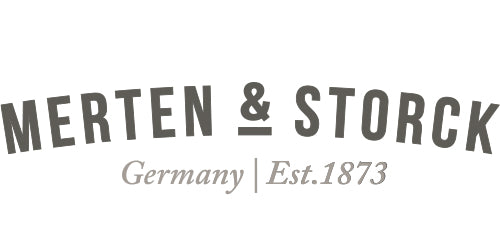Designed to last for decades, our enameled iron is lighter and tougher than cast iron. It’s a unique material that reacts to heat faster and heats evenly, so it will be a kitchen staple for generations.
Here’s how to keep your enameled iron cookware performing like new.


